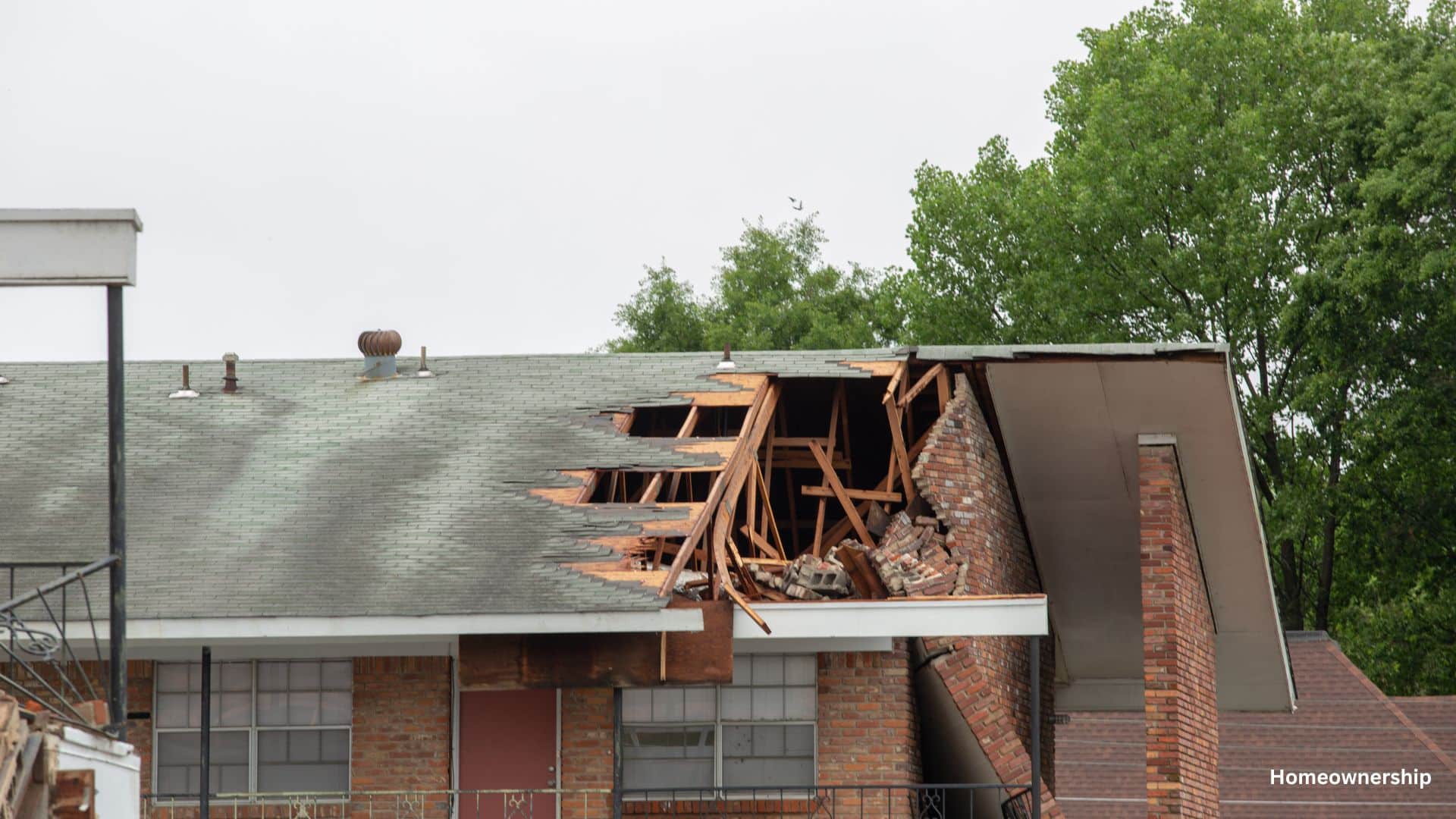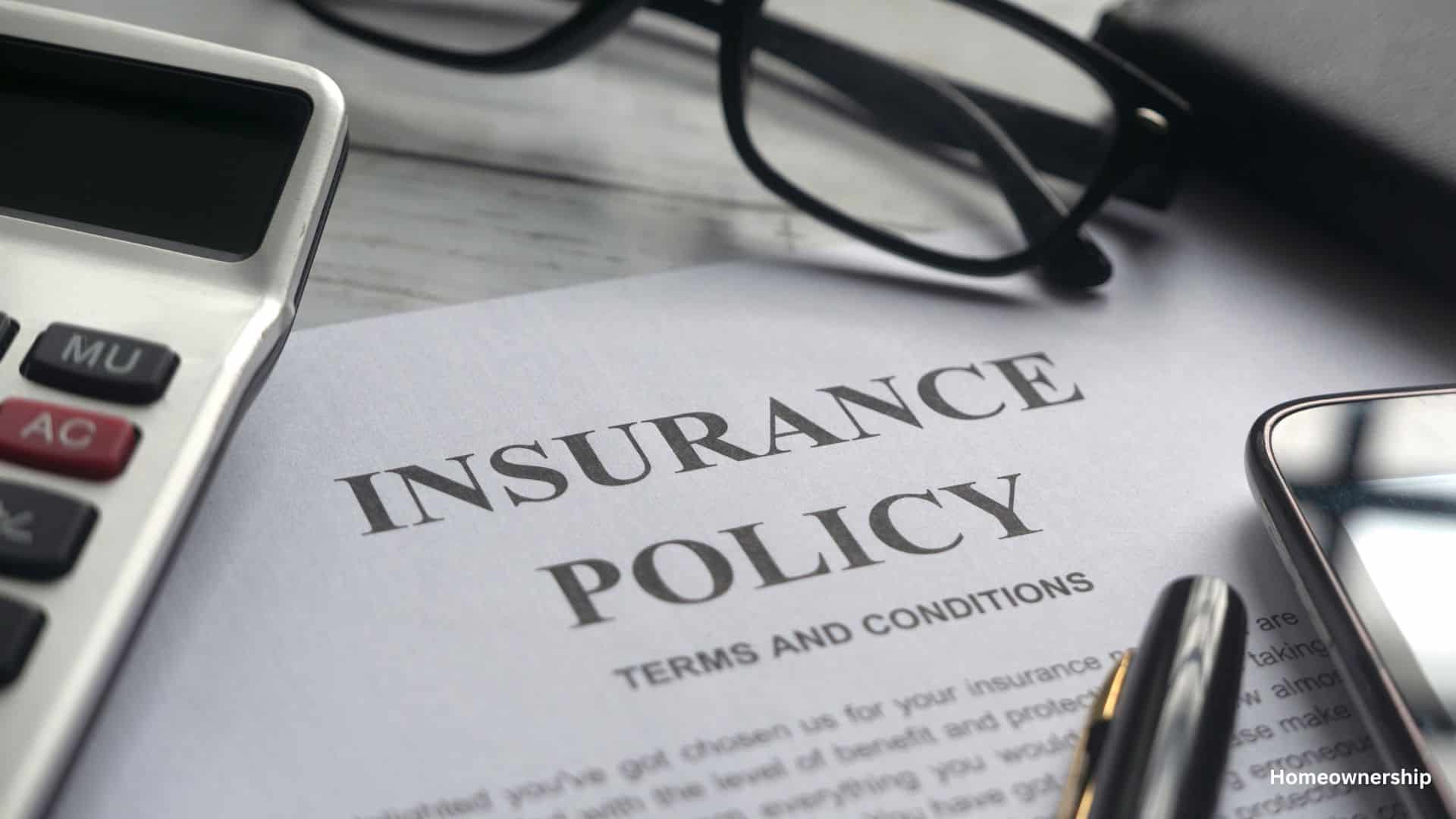Experiencing storm damage to your home can be stressful and overwhelming. Filing an insurance claim after storm damage is crucial to ensure you receive the compensation needed for repairs. This guide will walk you through the process step-by-step to make it as smooth as possible.

Insurance Claim After Storm Damage: A Step-by-Step Guide
Step 1: Assess and Document the Damage
First, ensure your safety and that of your family. Once it’s safe, assess the extent of the damage. Document everything with photos and videos. This documentation will be essential when you file your insurance claim after the storm.
Step 2: Review Your Insurance Policy
Before filing a claim, review your insurance policy. Understand what is covered and any deductibles that apply. Knowing your policy details will help you set realistic expectations for the claim process.
Step 3: Contact Your Insurance Company
Notify your insurance company about the storm damage as soon as possible. Most insurers have a 24-hour hotline for emergencies. Provide them with a detailed account of the damage and any documentation you have collected.
Step 4: Mitigate Further Damage
Take steps to prevent further damage to your property. This could include tarping a damaged roof or boarding up broken windows. Keep receipts for any expenses incurred during this process, as they may be reimbursable.

Step 5: Schedule an Adjuster Visit
Your insurance company will likely send an adjuster to inspect the damage. Be present during this visit to answer any questions and provide additional documentation if needed. The adjuster’s report will play a significant role in determining your claim’s outcome.
Step 6: Get Repair Estimates
Obtain estimates from reputable contractors for the necessary repairs. Providing these estimates to your insurance company can help expedite the claim process. Make sure the estimates are detailed and include a breakdown of labor and materials.
Step 7: Follow Up on Your Claim
Stay in regular contact with your insurance company to track the progress of your claim. Keep a record of all communications, including dates, names of representatives, and details discussed. This will be useful if any issues arise.
Step 8: Understand Your Settlement
Once your claim is approved, you will receive a settlement offer. Review it carefully to ensure it covers all necessary repairs. If you have any questions or concerns, don’t hesitate to discuss them with your insurance adjuster or a legal advisor.

Tips for Filing Insurance Claims
Filing an insurance claim after storm damage can be complex, but these tips can help streamline the process:
- Be Prompt: Report the damage to your insurance company as soon as possible. Delays can affect the outcome of your claim.
- Stay Organized: Keep all documents, receipts, and communication records in one place. Organization helps in case of disputes or delays.
- Be Detailed: Provide thorough and accurate information about the damage. Detailed documentation supports your claim and can speed up processing.
- Seek Professional Help: Consider hiring a public adjuster if your claim is significant or if you disagree with the insurance company’s assessment.
- Know Your Rights: Familiarize yourself with your rights as a policyholder. Understanding your policy and rights can help you negotiate a fair settlement.

Ensuring a Smooth Process
Filing an insurance claim after storm damage can be a complex process, but being prepared and organized can make it smoother. By following these steps, you can help ensure that your claim is processed efficiently and that you receive the compensation needed to restore your home.








